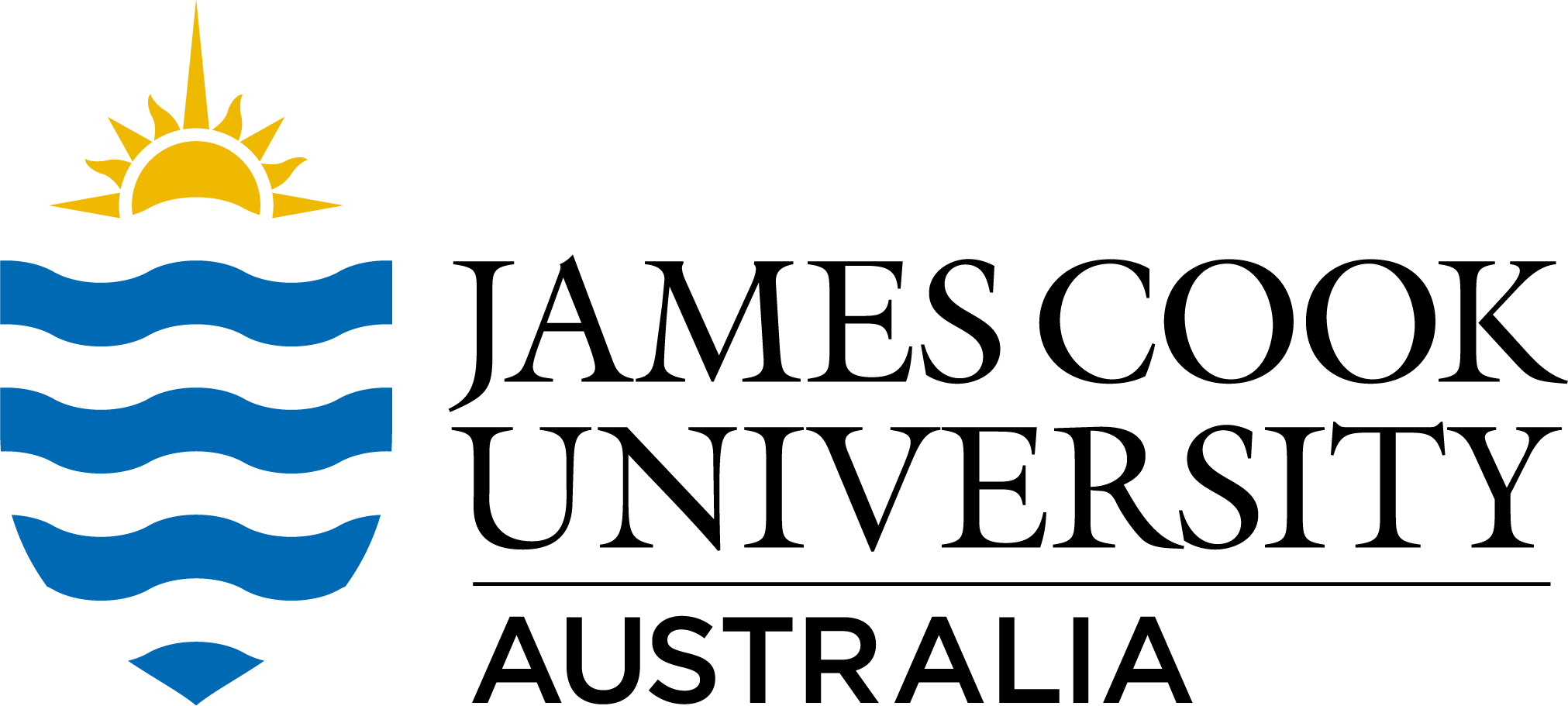Brief description
Experimental setup
Six adult spiny chromis damselfish (Acanthochromis polyacanthus) were used to compare closed system and flow-through respirometry techniques. Fish utilised were from stock originally collected from the central Great Barrier Reef and maintained at the James Cook University Marine Aquarium Research Facility, Queensland, Australia. All fish were moved into the experimental room one month prior to commencement of the project to allow for acclimation to the indoor aquarium environment. Throughout the acclimation and experimental period fish were maintained in individual tanks and were continuously supplied with flow-through filtered seawater at a temperature of 30 ± 0.4°C. Feeding was once daily with NRD Aquaculture Nutrition commercial pellet.
Measuring oxygen consumption
Oxygen consumption for each fish was tested using both closed system and flow-through respirometry techniques. Each A. polyacanthus was tested in a 3.33 - 3.43 L chamber. Chamber volume depended on closed system or flow-through respirometry as additional hosing was required for the flow-through setup. Treatment order was randomised for each fish and a mix treatments were tested on each experimental day.
Food was withheld 24 hours prior to the commencement of each measurement to remove any effects of digestion on oxygen consumption. Fish were then introduced into their assigned respirometer by gently corralling the fish, allowing them to swim into the chamber and avoiding additional stress caused by handling or netting. The chamber was then sealed and submerged in a temperature controlled aquarium. Oxygen consumption measurements began before 12:00 and were recorded for approximately 7 hours using the Firesting contactless oxygen monitoring system (Firesting O2, PyroScience; www.pyro-science.com). During this time conditions alternated every 12 minutes between experimental conditions where the chamber was completely sealed, and a recovery period where new oxygenated water was flushed through the chamber. After the fish had been tested in all chamber sizes and in both the closed and flow-through system the wet weight of that fish was recorded. On each day a blank chamber was included for the calculation of microbial (background) oxygen consumption. Flow-through respirometry was used to calculate background oxygen consumption as there was no fish to mix the water in these chambers.
File analysis
Text files from the Firesting O2 system were formatted for analysis in Excel and the slopes of the fall in oxygen concentration over time was used to calculate the oxygen consumption of each fish in mg of O2 consumed kg-1 h-1. Microbial oxygen consumption was generally very low for both the closed system and flow-through methods. Microbial oxygen consumption recorded in blank chambers was subtracted from the fish oxygen consumption values for the day that the blank was run. For one day, data from the blank chamber was not recorded and so the average of all backgrounds records was used (one individual was tested in the closed system and one in the flow-through system on this day).
Full description
This dataset is available as a spreadsheet in MS Excel (.xlsx) and Open Document formats (.ods)
Created: 2018-03-20
User Contributed Tags
Login to tag this record with meaningful keywords to make it easier to discover
- DOI : 10.4225/28/5AB08A55BAF15

- Local : researchdata.jcu.edu.au//published/60d8547930febdba6e0a1eb1f3506c2b
- Local : 791727d1bab6f1b5a78a7e5d57979ea3


